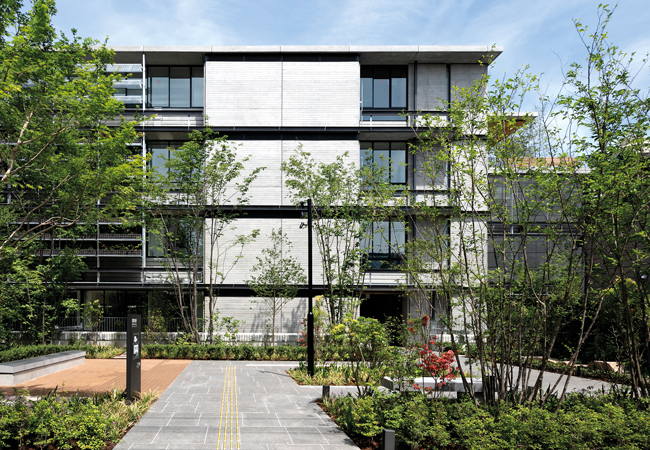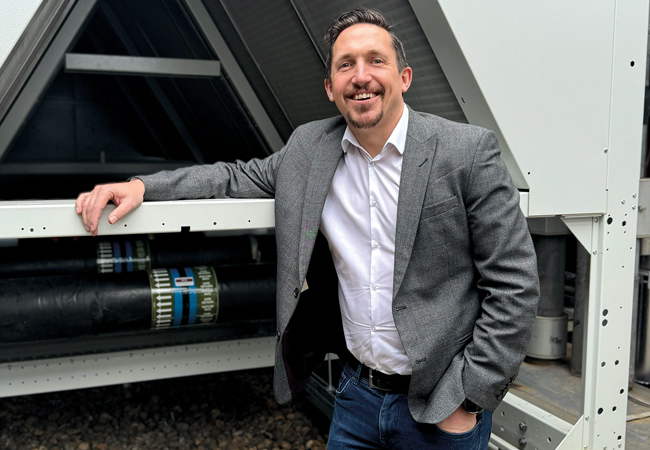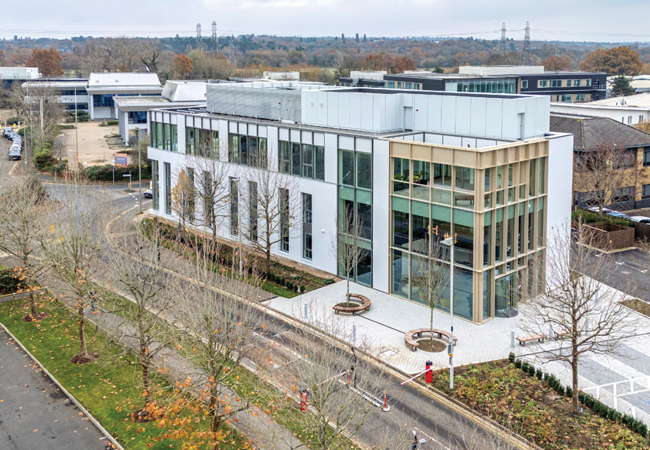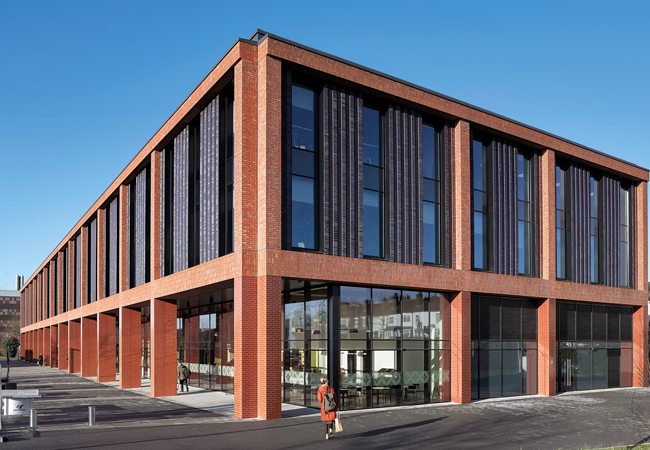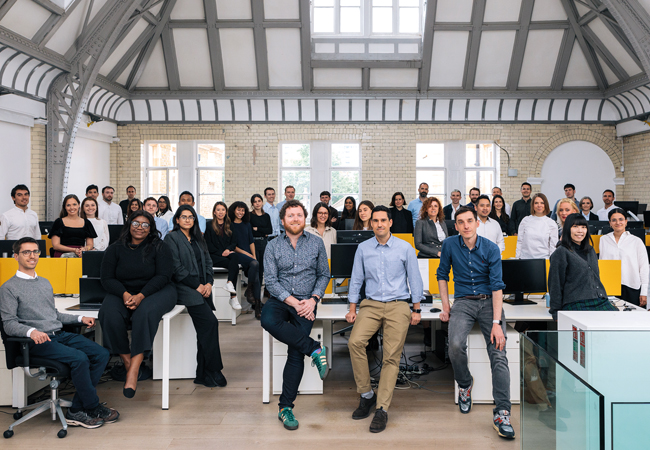
XCO2 is thriving. The engineering and environmental consultancy was formed in 2008 as a team of five architects and engineers, with a shared focus on reducing carbon emissions in the built environment. Since then, it has grown into a dynamic and diverse multidisciplinary practice of 55 staff split between its head office in London and satellite office in Singapore.
When it won the Building Performance Consultancy of the Year (up to 50 employees) at the CIBSE Building Performance Awards 2023, the judges said the consultancy was a good example of a ‘developing practice’, adding that they were impressed by the entrant’s ‘incredible’ focus on net zero carbon and by its demonstration of diversity, inclusion and equality.
‘Our USP has always been a focus on cutting carbon; the clue’s in our name – we’re all about crossing out [X] CO2,’ says Tom Kordel, a director of the practice and one of its co-founders. ‘While cutting carbon is not new now, 15 years ago it was novel to have a business whose sole focus was to reduce carbon emissions within the built environment,’
From inception, the practice was set up to provide environmental consultancy and MEP design. That is still the case now, Kordel says, although, over time, it has added more strings to the environmental side of the business, such as daylight consultancy and overheating assessments, to provide ‘a more holistic service’.
Similarly, its MEP services now include energy audits and post-occupancy evaluations, services that Kordel says help its engineers gain an insight into how buildings operate in reality. ‘Without understanding how a building works in operation, engineering designs will never improve,’ he adds.
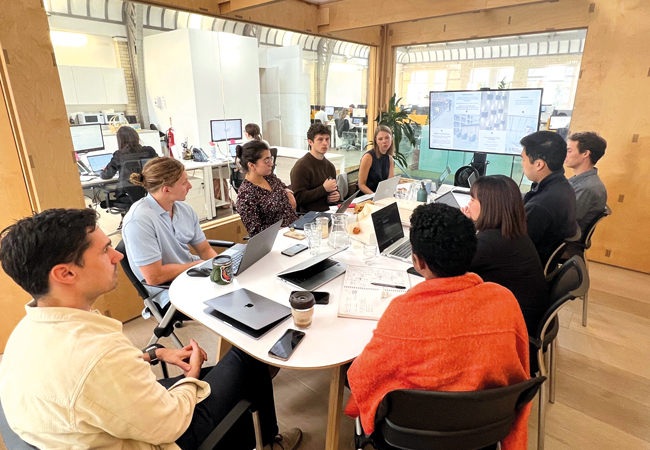
It is the business’s focus on cutting emissions and on environmental issues that has made it attractive to engineers and consultants with a passion for environmental building design and low carbon engineering.
Their skills give the practice the ability to look at buildings holistically, which means influencing the architecture to exploit passive design and making designs intuitive to use and operate. ‘If you’re going to focus on driving down energy use and CO2 emissions, I think the best designed buildings are often the ones with the least amount of building services and that are simplest for people to use,’ says Kordel.
Many of those attracted to work for the practice are women; almost half of its current workforce is female, making XCO2 unusual among engineering consultancies, where, on average, women make up only 14.5% of the staff. ‘We want the background of our team to reflect the society in which we operate, so that balance is important, as is a balance between technical disciplines,’ says Kordel.
XCO2’s attraction as an employer is no doubt helped by a progressive approach to enabling its employees to achieve a healthy work/life balance. They have the option of working from home three days a week, but, more radically, staff work a nine-day fortnight, with alternate Fridays off.
We have always looked to have a diverse workforce because it brings ideas and creates an open, innovative culture – Tom Kordel
Kordel says the policy of working fewer hours was introduced pre-pandemic, initially as a trial to ascertain its impact on business efficiency – but the scheme proved so popular that it has been retained. ‘It gives people the opportunity to do their life admin without having to use their weekend, which has helped a lot in terms of staff retention,’ says Kordel.
Perhaps less unusual in a sector struggling to attract talented engineering students, the business is also culturally diverse, with many of its overseas employees recruited to the business from university Master’s courses. ‘We have always looked to have a diverse workforce in terms of gender and ethnicity, because it brings a lot of ideas and creates a friendly, open, innovative culture within the business – and it does help to win work, because the businesses we work with tend to be culturally very diverse,’ Kordel explains.
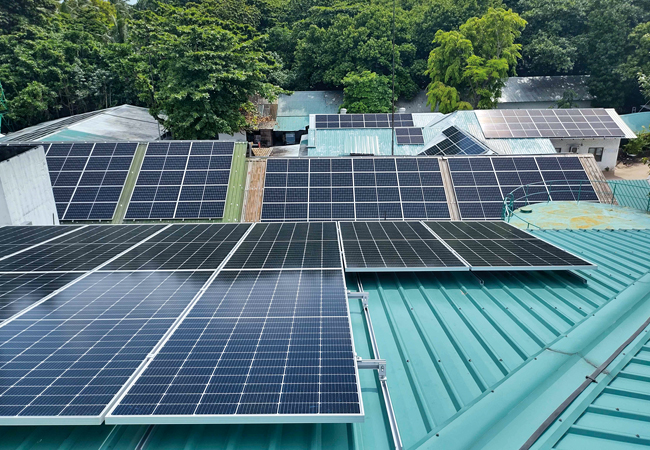
The new solar installation at the back-of-house facilities at the Soneva Jani luxury eco resort in the Maldives
Two of the key business sectors in which XCO2 is particularly strong are social housing and luxury resort hotels. On the face of it, these businesses – catering for the opposite ends of the wealth spectrum – would appear to have little in common, but, according to Kordel, both have a vested interest in low energy operation and low CO2 emissions.
‘Social housing is very focused on eliminating fuel poverty, so having low energy and efficient buildings is really, really important, while luxury hotel developers and operators tend to keep assets for a long time, so they too have a vested interest in keeping energy use low,’ he explains.
The creation of more affordable housing ‘chimes with what we want to do as a business’, adds Kordel. However, it was the company’s hotel work in Southeast Asia that led to it opening an office in Singapore in 2016. ‘We have a strong reputation with hotel operators in the area, and we felt that being closer to architects and developers based in Hong Kong and Singapore was really important,’ he recalls.
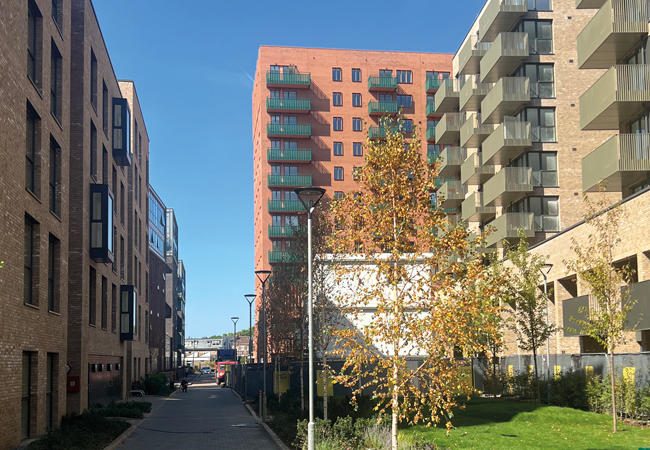
The completed Jazz Yard project for Sixty Bricks, which delivers 83 new homes (50% of which are affordable) and a new NHS health centre in Waltham Forest
Many of the hotels and resorts that XCO2 work on in the region tend to be located on remote islands, without access to an electrical grid or mains water, so its net zero design is a practical necessity rather than a nice-to-have solution. ‘To have a holistically sustainable development, circularity around water, waste and energy is important, as is solar energy generation,’ Kordel explains.
XCO2 is also involved in charitable work in the region, including with the Hemis Monastic School in Northern India. Here, it is working pro bono on the design of a new school for Buddhist monks, located next to a 17th-century Buddhist monastery. The scheme is designed to use predominantly passive means to achieve thermal comfort in a cold, high-altitude desert with annual temperature swings of 60oC.
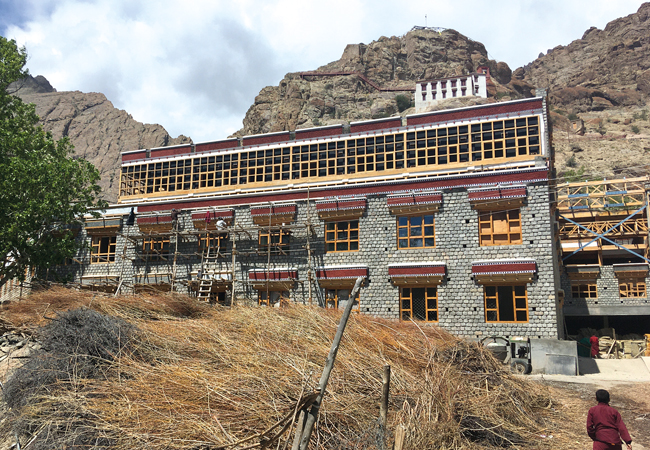
Site photo from Hemis Monastic School, a new residential school for 500 trainee monks in Northern Ladakh , 13,000ft up in the Himalayas
Key to the success of the school’s challenging design is dynamic thermal modelling. This has been used from the earliest design stages to test and fine-tune a variety of measures – such as Trombe walls – to improve the building’s performance. Computational fluid dynamics have also been used to design and size the building’s solar latrines, which feature dark-painted solar chimneys to passively ventilate the toilets.
The use of digital tools and digital innovation are seen as potential growth areas for the business – an opportunity that has led to the company setting up the XCO2 Lab, to help it identify problems and time-intensive processes ripe for automation. The lab is intended to encourage interdisciplinary collaboration and is led by Aidan Kelly, technical lead for the CIBSE Society of Digital Engineering steering group and contributor to CIBSE Journal.
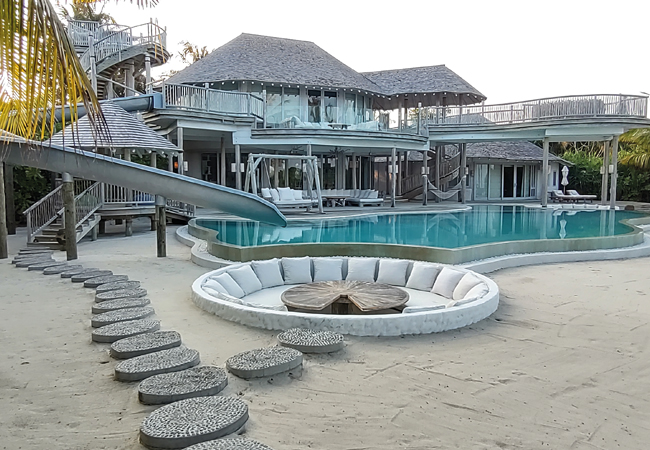
The Soneva Jani luxury eco resort in the Maldives
In addition to contributing articles for publication, XCO2 shares knowledge by making time for its engineers to get involved with industry initiatives such as LETI and, more recently, the UK Net Zero Carbon Buildings Standard. So what’s next for the developing practice?
‘Now that we’re post-pandemic, we want to push towards growing the business, our client base, and the scale of projects we work on,’ says Kordel.
‘Alongside the interesting, much smaller, more bespoke projects that we enjoy doing, we’re now working on schemes with thousands of homes where we can have an even bigger impact.’



